Tips for protecting cashflow and profitability
Media Release
19 October 2023
Failing to plan will put cashflow and profitability at risk as dry summer looms
As a dry summer looms, dairy farmers need a plan for their herds’ nutrition now to keep their cows in milk, protect their cashflow and secure long term business profitability.
SealesWinslow Consultant Nutritionist Paul Sharp says the repercussions of a challenging summer, coupled with an unfavourable payout, extend beyond the current season.
“Reduced in-calf rates, lower body condition scores at calving, and diminished pasture reserves can compromise cows’ early lactation potential for the following season. Additionally, reduced cash flow from previous season deferred payments can add extra financial strain.
“At the most fundamental level, in-milk cows are more profitable than dry cows when it comes to feeding supplements during a summer dry. So, keeping cows milking for as long as possible will be key to cash flow.”
Paul says a lead indicator of expected total season production is milk generated pre-summer.
“The mantra ‘as much milk as possible before Christmas’ is especially relevant this season. Maximizing pre-summer production not only benefits cash flow but also provides farmers with more options.”
Paul believes the crucial difference between an average farmer and a very good farmer lies in preparation and informed decision-making for the best return on investment.
“I urge dairy farmers to avoid making feed purchasing decisions based solely on price,” he says. “While it’s tempting to opt for the cheapest feed when cash flow is tight, it may not yield the best return.
“By investing in a better quality feed with more energy and more starch to fire up cows’ rumen, the more efficiently they will use their entire feed ration (including pasture) and the more milk they will produce.”
So, what steps can dairy farmers take now to prepare? Paul offers his advice.
“Now is the time to get your feed budget sorted and forward contract your expected feed needs,” he says. “The cost of feed is likely to increase as the summer dry drives up demand for a more limited supply, so having certainty around feed availability and cost will be crucial.
“Additionally, make sure your cows are in prime condition and maximise production levels before the dry season hits. Maintaining high feeding levels now will act as a springboard for the dry period.”
Generating as much surplus silage on-farm as possible should also be a priority. Paul says sourcing long-fibre supplements during an extended dry can be prohibitively expensive.
Culling poor production and high SCC cows early is another essential step to ensure that limited feed resources are directed to cows with a higher feed conversion efficiency (FCE).
While zinc remains crucial for minimizing the risk of Facial Eczema (FE), Paul highlights the importance of monitoring other essential minerals such as magnesium, calcium, and phosphate, which become crucial as supplementary feeds become necessary during the dry period.
Paul urges dairy farmers to seize the window of opportunity now and make a plan.
“Waiting is not an option. Low production levels leading into summer can force early dry-offs, reducing Days In Milk (DIM) and resulting in elevated somatic cell counts (SCC).
“Cows with lower condition scores may limit their ability to buffer summer production, potentially leading to early culling or dry-off to regain condition scores. These are all costs dairy farmers can minimize by planning ahead and making sound decisions.”
Find out more about surviving the summer dry here.
Check out SealesWinslow’s range of summer nutrition essentials and talk to one of the team’s Technical Sales Reps for more advice.

Paul Sharp, SealesWinslow Consultant Nutritionist

